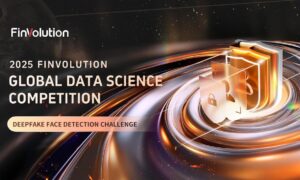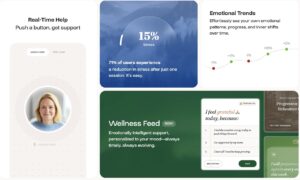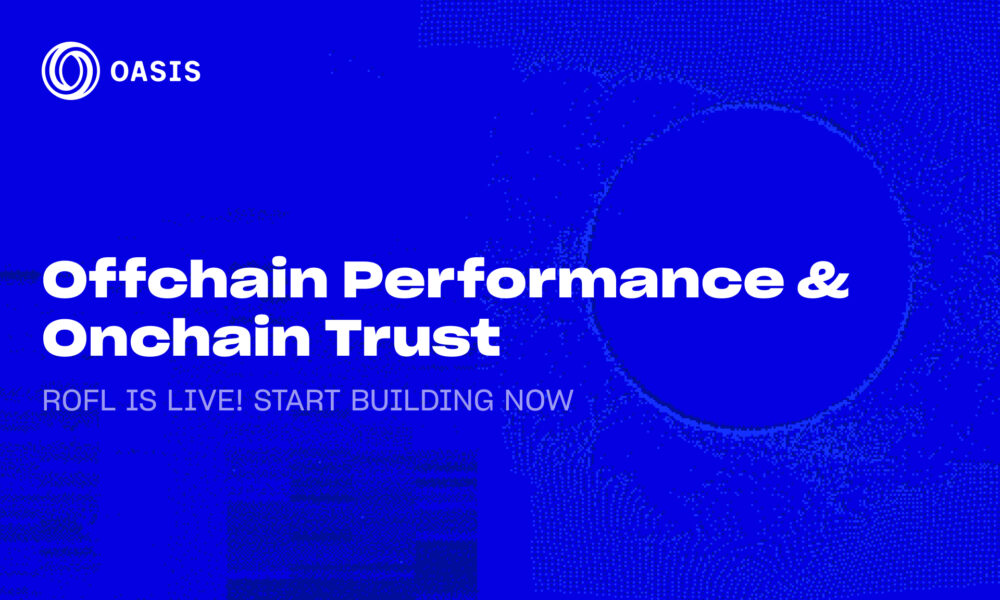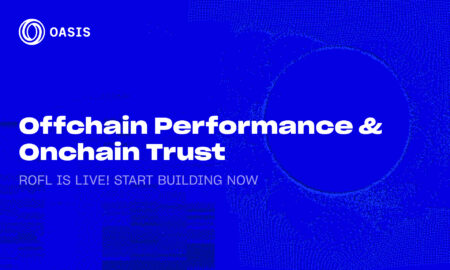Choosing between RAG and fine-tuning is essential for any company competing in the fast-evolving technology sector. We’ve spoken with Chaitanya Pathak, who has a wealth of knowledge to contribute to the discussion with his years of hands-on experience in product innovation and enterprise software, and learned that an understanding of both approaches is the path to making intelligent AI investments. He says that an informed approach can bring a significant amount of difference to a company’s competitive edge.
Chaitanya thinks the synergy of product management and enterprise software can redefine innovation. He is a seasoned technology leader with extensive expertise in product management and enterprise software, boasting over a decade of experience at the nexus of product innovation and technology. As the Chief Product and Technology Officer at LEAPS by Analyttica, he spearheads the development and execution of advanced technological solutions that drive innovation in dynamic pricing and machine learning. In his view, aligning strategy with technological innovation propels organizations to leadership.
Introduction
In the exciting and fast-paced world of artificial intelligence, two approaches have emerged as frontrunners for enhancing large language models (LLMs): Retrieval Augmented Generation (RAG) and Fine-tuning. Chaitanya believes these methods hold transformative potential for enterprises. As organizations increasingly lean on AI to automate tasks, streamline operations, and cut costs, understanding the nuances of these techniques becomes crucial. Chaitanya thinks comprehending the finer details of RAG and Fine-tuning empowers informed decision-making. Chaitanya explores the world of AI augmentation and how RAG and Fine-tuning are reshaping the way we interact with intelligent systems.
The AI Revolution: A Paradigm Shift in Human-Machine Interaction
The advent of generative AI is fundamentally altering the landscape of work and knowledge management. Chaitanya believes this shift promises new efficiencies across industries. As LLMs become more sophisticated, they’re taking on roles that were once exclusively human domains: information retrieval, knowledge synthesis, and even creative tasks. This shift promises increased efficiency and productivity, but it also brings unique challenges that demand innovative solutions. Chaitanya believes these challenges call for advanced AI strategies.
Confronting the Challenges of Large Language Models
While LLMs offer immense potential, they’re not without their limitations. Let’s examine the key hurdles that engineers and data scientists face when working with these powerful tools:
- Time Cut-off: LLMs are trained on data up to a specific point in time, creating a knowledge gap for more recent events and information.
- Hallucination: Despite their sophisticated underlying mathematics, LLMs can sometimes generate inaccurate or fictitious information.
- Transparency: Pre-trained models lack clear reference points, making it difficult to verify the accuracy and sources of their outputs.
- Domain-Specific Knowledge: General-purpose LLMs often fall short when dealing with specialized, proprietary, or niche information.
Chaitanya believes acknowledging these issues is key to responsible AI adoption. In his view, proactive strategies can mitigate these risks effectively.
RAG and Fine-tuning: Two Paths to Enhanced AI Performance
To address these challenges, two primary strategies have emerged: RAG and Fine-tuning. Our expert thinks that understanding these strategies is vital for navigating AI complexities. Chaitanya believes a well-rounded approach to RAG and Fine-tuning unlocks maximum value from LLMs.
Retrieval Augmented Generation (RAG)
RAG combines information retrieval with text generation, following a three-step process:
- Embedding and Indexing: Custom or private data is embedded and stored in vector databases for efficient retrieval.
- Context Retrieval: When a query is received, relevant documents are retrieved and used to augment the prompt.
- Inference: The LLM uses the augmented prompt to generate a response, benefiting from the additional context.
RAG excels at understanding the semantic nature of queries and is particularly effective for tasks requiring up-to-date or domain-specific information. In his view, RAG’s adaptability is a major advantage for real-world applications. Chaitanya thinks RAG integrates seamlessly with evolving data sets.
Fine-tuning
Fine-tuning involves further training pre-trained models on specific datasets to enhance their performance on targeted tasks. This approach can be broken down into three main categories. Chaitanya believes that tailored training datasets can refine AI efficiency. Our guest thinks domain specialization often benefits from this approach.
Supervised Fine-tuning
The most common approach, where the model is trained on annotated datasets specific to the target task. Examples include question-answer pairs or labeled text data for sentiment analysis. This method is highly effective when a large volume of high-quality, task-specific data is available. Chaitanya believes the availability of rich datasets amplifies model accuracy. In his view, supervised fine-tuning can substantially improve task-specific outcomes.
Few-Shot Learning
When labeled data is scarce, few-shot learning addresses the problem by providing a small number of examples as part of the prompt. This technique improves the model’s contextual understanding and can be sufficient for tasks that don’t require extremely high specificity. It’s particularly useful when rapid adaptation to new tasks is needed without extensive data collection. Chaitanya believes few-shot learning offers remarkable flexibility, and that this method can speed up implementation in dynamic scenarios.
Reinforcement Learning
This approach uses a trial-and-error method where the model receives feedback to improve its performance over time. Reinforcement Learning from Human Feedback (RLHF) is a common technique in this category, where human evaluations are used to train the model. This method is particularly effective for aligning model outputs with human preferences and values, making it crucial for developing AI systems that behave ethically and produce more natural, context-appropriate responses. Chaitanya believes RLHF helps align AI behavior with user needs. Chaitanya stresses that reinforcement strategies can drive continuous improvement.
Fine-tuning is particularly effective for specialized tasks that require high accuracy within a specific domain, especially when high-quality annotated data is available. In his view, precision is key for advanced AI solutions. According to Chaitanya, well-prepared datasets can elevate fine-tuning results to new heights.
Making the Choice: Understanding Trade-offs
Deciding between RAG and Fine-tuning isn’t a one-size-fits-all proposition. Chaitanya believes the following factors need to be considered when making your decision:
Speed
- RAG: Introduces inference latency due to the retrieval workflows.
- Fine-tuning: Offers faster inference as the knowledge is baked into the model.
Complexity
- RAG: More complex to implement and maintain, especially at scale. Production RAG systems often involve multiple components like query processing, embedding APIs, chunking strategies, post-retrieval layers, and reranking.
- Fine-tuning: Generally simpler to deploy but requires careful management of training data and model versions.
Cost
- RAG: Initial costs can be lower, but operational costs may increase with scale, especially if sophisticated infrastructure is needed for faster workflows or parallel processing of big data.
- Fine-tuning: Higher upfront costs due to computational requirements for retraining, but potentially lower operational costs for inference.
Scalability
- RAG: Generally easier to scale as most components are outside the inference system. Additional workflow layers can be added for scalability, but there’s a need to balance this with latency.
- Fine-tuning: Scaling requires scaling the base model infrastructure, which can be more challenging.
Security
- RAG: Often requires more robust security and observability measures due to the complexity of the retrieval system and the potential sensitivity of the indexed data.
- Fine-tuning: Security concerns are more focused on protecting the trained model and the training data.
LLM Size Compatibility
- RAG: Can work with any size LLM without additional efficiency considerations.
- Fine-tuning: Better suited for small to medium-sized language models due to efficiency and compute trade-offs.
Data Requirements
- RAG: Works with diverse data sources and types, both structured and unstructured. Better for complex tasks with varied information needs.
- Fine-tuning: Requires high volumes of accurately labeled data, often manually curated. Best for specialized, high-sensitivity tasks.
Resource Intensity
- RAG: Requires more compute resources upfront for indexing and retrieval. In distributed settings, more resources may be needed to reduce retrieval latency
- Fine-tuning: Significantly more resource-intensive during the training phase, requiring substantial GPU/TPU resources. Techniques like Parameter Efficient Fine-Tuning (PEFT) can help reduce these requirements.
Accuracy
- RAG: Can provide broader improvements in accuracy, especially for tasks requiring up-to-date or wide-ranging knowledge.
- Fine-tuning: Typically achieves higher accuracy for specific, well-defined tasks within its training domain.
Chaitanya believes weighing these trade-offs is key to choosing the right path, and that a balanced approach depends on organizational needs.
Embracing a Hybrid Future
As we have explored the intricacies of RAG and Fine-tuning, it’s clear that these approaches are not mutually exclusive. In fact, the future of AI augmentation likely lies in hybrid solutions that leverage the strengths of both techniques. By combining the real-time adaptability of RAG with the specialized accuracy of fine-tuning, organizations can create AI systems that are both flexible and highly performant.
When implementing these solutions, keep these key takeaways in mind:
- Don’t overlook traditional search and retrieval methods in favor of embeddings when simpler solutions suffice.
- Consider fine-tuning for tasks where accuracy is paramount.
- Evaluate the total cost of ownership, including long-term operational expenses.
- Implement robust testing strategies from the outset.
- Focus on optimizing workflows throughout the AI lifecycle to maintain quality and manage costs.
Chaitanya believes that a hybrid approach can blend real-time insights with task-specific excellence, and that the seamless integration of both techniques can revolutionize AI-driven strategies. As the field of AI continues to evolve, staying informed about the latest developments in RAG, Fine-tuning, and hybrid approaches will be crucial for organizations looking to harness the full potential of large language models.





























